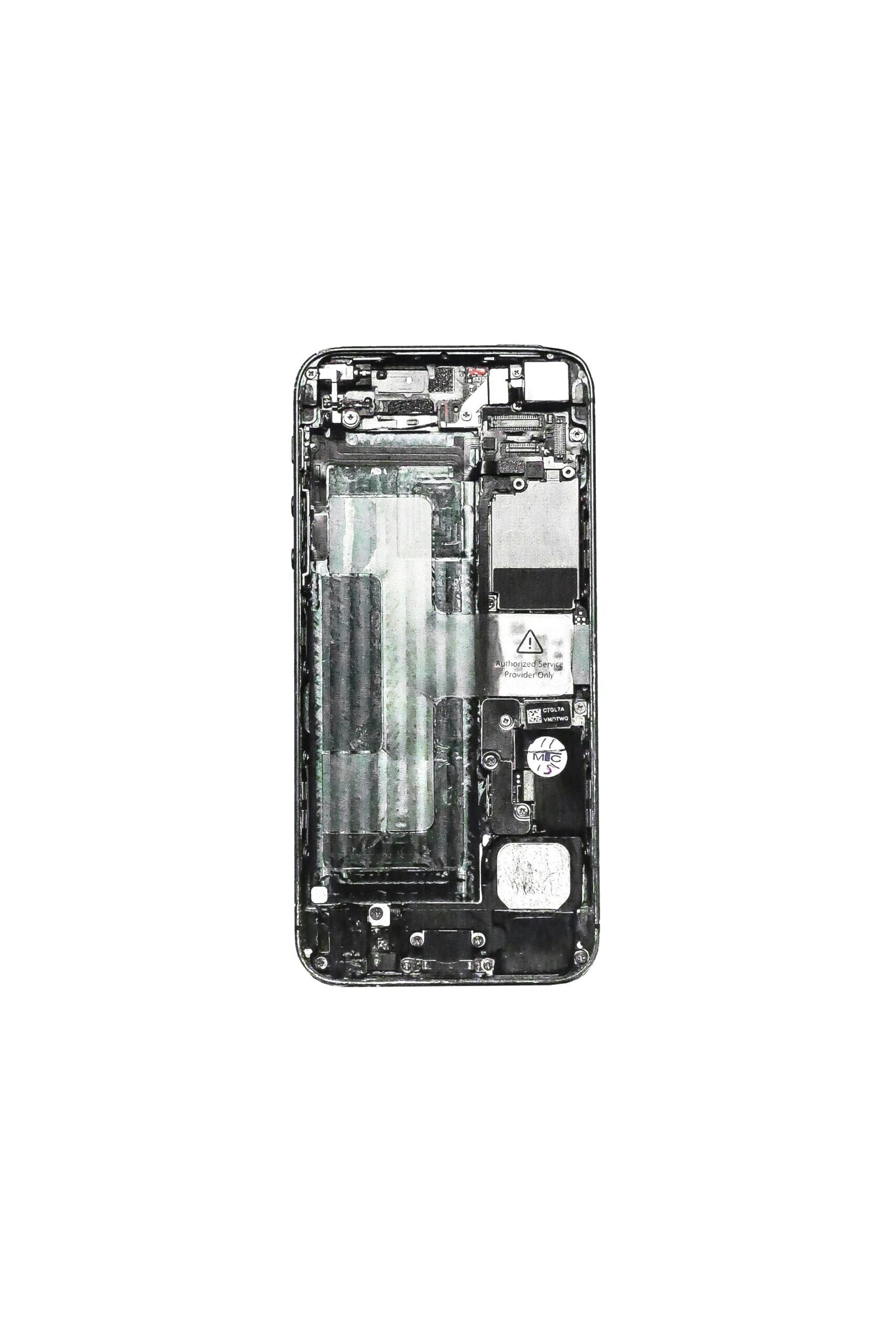Have you ever wondered how your favorite pair of socks are made? The world of sock manufacturing has come a long way, thanks to incredible technological advancements. From smart fabrics that regulate temperature to sustainable materials and automated production processes, this article will take you on a fascinating journey through the innovations that are revolutionizing the sock industry. Get ready to step into a world where technology meets comfort, as we explore the exciting developments in sock manufacturing.

This image is property of images.unsplash.com.
3D Printing in Sock Manufacturing
Overview of 3D printing technology
When you think of 3D printing, you might picture intricate objects like figurines or prototype models. However, this innovative technology has also found its place in the world of sock manufacturing. 3D printing, also known as additive manufacturing, involves layering materials to create three-dimensional objects based on a digital design. In the case of sock manufacturing, 3D printers can be used to create the intricate patterns and designs that make each sock unique.
Benefits of using 3D printing in sock manufacturing
Integrating 3D printing into the sock manufacturing process offers several benefits. Firstly, it allows for greater design flexibility, enabling sock manufacturers to produce intricate and personalized designs that would be difficult to achieve through traditional manufacturing methods. This customization not only adds value to the product but also enhances the consumer experience.
Additionally, 3D printing can optimize the use of materials, reducing waste and contributing to a more sustainable manufacturing process. By only using the necessary materials for each sock, companies can minimize their environmental impact while still maintaining high-quality products.
Challenges and limitations of 3D printing in sock manufacturing
Despite its numerous advantages, 3D printing in sock manufacturing also faces its fair share of challenges and limitations. One major challenge is the time-consuming nature of the process. 3D printers work by building up each layer of the object one at a time, which can be time-consuming, especially when producing mass quantities of socks.
Another limitation is the current lack of suitable materials for 3D printing socks. While some materials, such as flexible polymers, can be used, finding the right combination of comfort, durability, and breathability remains a challenge. However, as 3D printing technology continues to advance, it is likely that these limitations will be overcome.
Examples of companies implementing 3D printing in sock manufacturing
Several companies have recognized the potential of 3D printing in sock manufacturing and have begun implementing this technology in their production processes. For example, Swoop, a sock company based in California, uses 3D printing to create custom patterns and designs on their socks. This allows customers to choose from a range of patterns and colors, resulting in truly unique and personalized products.
Another company, Unmade, takes a slightly different approach by combining 3D printing with traditional knitting techniques. Their patented technology allows them to create complex designs and patterns while maintaining the comfort and quality of traditional knitted socks.
These companies, among others, are at the forefront of the 3D printing revolution in sock manufacturing, showcasing the endless possibilities that this technology offers.

This image is property of images.unsplash.com.
Automation and Robotics in Sock Manufacturing
Introduction to automation and robotics in the manufacturing process
Automation and robotics have revolutionized various industries, and sock manufacturing is no exception. From automated knitting machines to robotic systems for packaging and sorting, these technologies have streamlined production processes and improved overall efficiency.
In the context of sock manufacturing, automation refers to using machines and equipment to perform tasks that were previously done by humans. Robotics, on the other hand, involves the use of robots to automate specific tasks, either independently or in collaboration with human workers.
Advantages of using automation and robotics in sock manufacturing
The integration of automation and robotics in sock manufacturing brings several advantages to manufacturers. Firstly, it significantly increases productivity. Automated knitting machines can produce socks at a much faster rate compared to manual knitting, reducing the production time and increasing output.
Secondly, automation and robotics help improve the quality control of socks. The precision and consistency of machines and robots minimize the chances of human error and ensure that each pair of socks meets the required standards. This not only enhances customer satisfaction but also reduces the likelihood of returns or defects.
Additionally, automation and robotics reduce labor costs. By automating repetitive tasks, manufacturers can reallocate human resources to more complex and value-added activities, resulting in cost savings and overall operational efficiency.
Examples of automated and robotic systems used in sock manufacturing
One company making strides in automation and robotics in sock manufacturing is Stäubli, a Swiss robotics solutions provider. They offer automated knitting systems that can produce socks with intricate patterns and designs at an impressive speed. These machines eliminate the need for manual labor, reducing costs and increasing productivity.
Another notable example is the use of robotic systems in the packaging and sorting processes. Robots can efficiently handle and sort socks based on size, color, or pattern, facilitating the packaging process and ensuring accurate delivery of products.
These examples highlight how the integration of automation and robotics in sock manufacturing is transforming the industry and leading to more efficient and cost-effective production processes.
Impact on productivity and quality control
The introduction of automation and robotics in sock manufacturing has had a significant impact on productivity and quality control. These technologies enable manufacturers to produce socks at a much faster rate, meeting the growing demand in the market. The reduction in production time also allows companies to respond quickly to changing fashion trends and consumer preferences.
Moreover, automation and robotics play a crucial role in ensuring consistent quality. With the elimination of manual processes, the chances of human error are minimized, resulting in socks that meet the desired standards in terms of fit, durability, and design. This not only enhances customer satisfaction but also strengthens the brand reputation of sock manufacturers.
